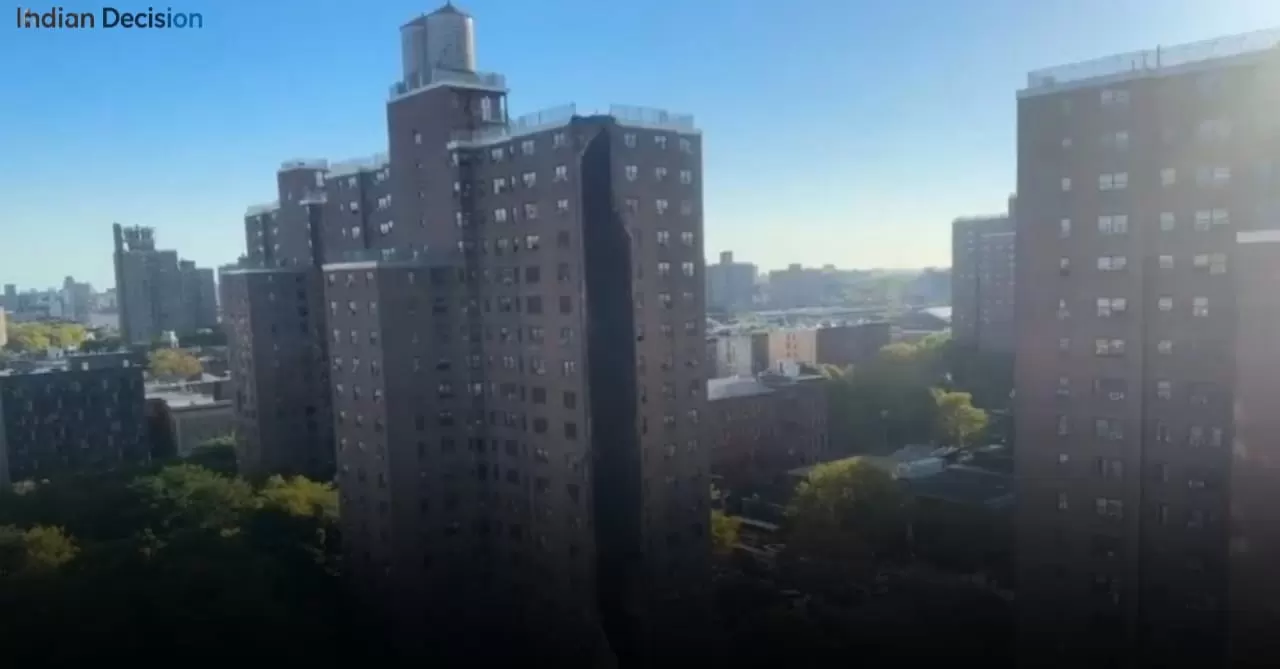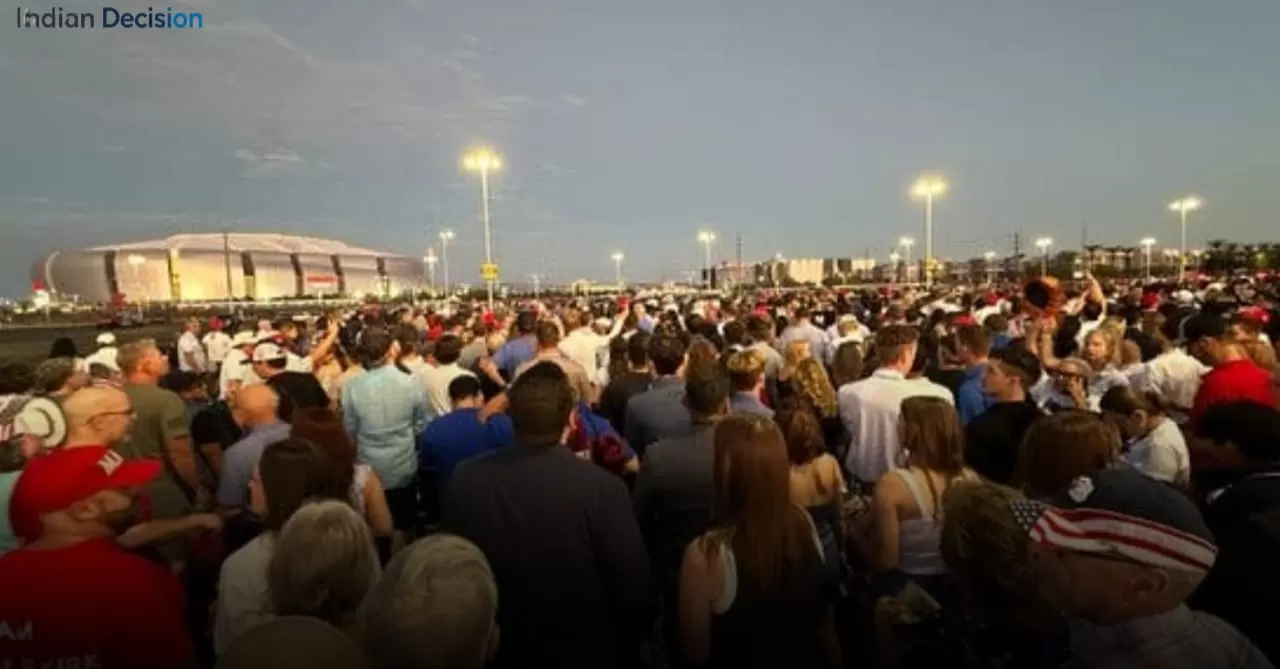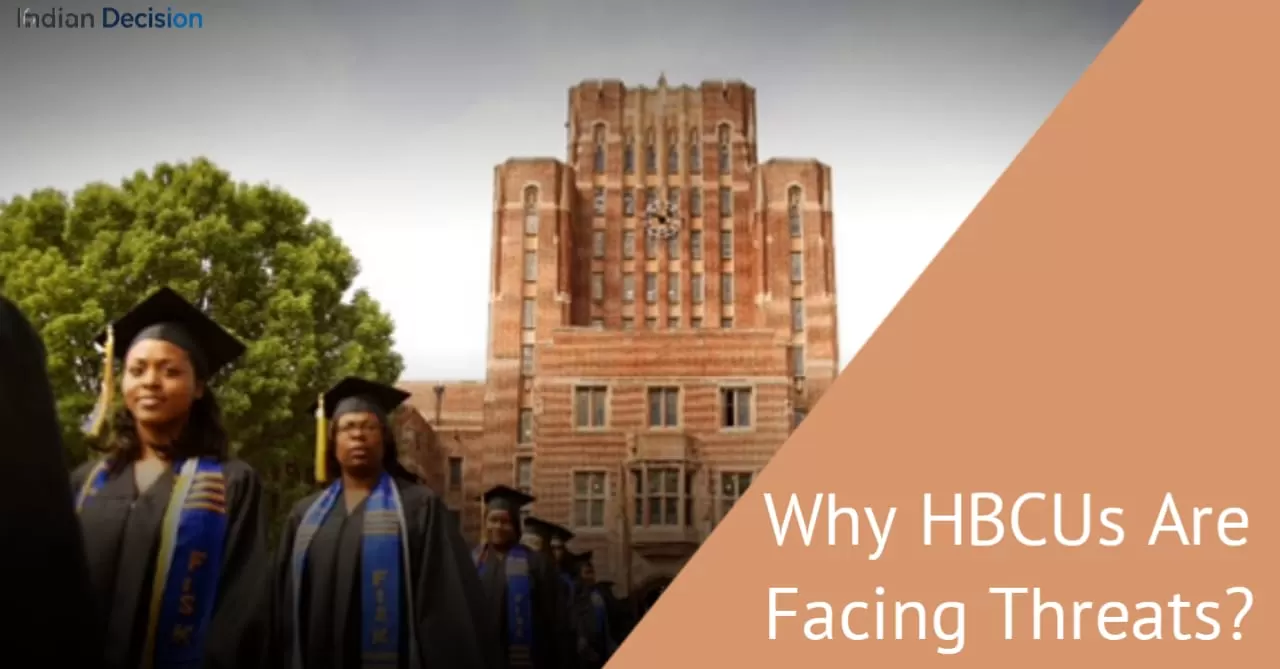BRONX, NY Early Wednesday morning, part of a residential tower in the Mott Haven section of the Bronx collapsed after a suspected gas explosion. The blast caused significant structural damage but, remarkably, there have been no confirmed injuries to date.
What Happened
The incident occurred shortly after 8:10 a.m. at Mitchel Houses, a New York City Housing Authority (NYCHA) building on Alexander Avenue. Reports suggest the building’s incinerator shaft ruptured, triggering the collapse in that vertical core.
Video from the scene shows a section of the building ripped open, debris scattered across the sidewalk, and dust clouds rising in the air. Emergency crews from the FDNY (Fire Department of New York), NYPD, and NYC Buildings Department rapidly responded.
Authorities established a safety perimeter. Nearby streets, especially around Alexander Avenue and East 135th Street, have been closed while assessments continue.
Why the Incident Matters
Although incinerator shafts were historically used in many New York buildings to burn trash onsite, most have since been retrofitted or replaced. That this shaft failed in a way that brought down part of the building raises serious safety questions about aging infrastructure.
In densely populated neighborhoods like Mott Haven, such collapses carry high risk not just from falling debris but from potential hidden structural damage to adjacent areas. Even with no known casualties so far, the event has raised immediate concern in city housing agencies and among local residents.
Today October 1, 2025 Latest Updates
As of mid-afternoon, officials confirm no injuries have been detected inside the rubble. The NYCHA building’s residential units reportedly did not suffer direct damage from the collapse.
Mayor Eric Adams posted on his social media account urging residents to steer clear of the area and promising a full investigation.
Inspectors have been dispatched to carry out structural scans, drone surveys, and ground-level examinations. As of now, no evacuation orders have been broadly mandated beyond the immediate zone.
Key Factors & Concerns
Gas Leak Risk: The suspected origin a gas explosion in the incinerator shaft points to either poor maintenance or aging pipeline infrastructure.
Structural Integrity: A failure in a central shaft section can compromise load distribution, potentially destabilizing adjoining elements.
Emergency Response: The speed of multi-agency arrival likely prevented injuries from escalating.
Neighborhood Impact: Nearby schools, small businesses, and traffic flow are disrupted. Residents may face anxiety over future risks.
What Comes Next
Investigators will examine gas line logs, maintenance records, and past inspection reports. They’ll also assess whether similar shafts exist in nearby NYCHA buildings and whether risk mitigation (e.g. vaulting, reinforcing) should be mandated.
NYCHA and city authorities must also communicate with residents both for clarity and trust. Transparent reporting, especially about timelines and safety measures, will be crucial.
This incident may prompt citywide reviews of aging infrastructure, especially in older housing complexes across Bronx and NYC generally.
Frequently Asked Questions
Were there any injuries in the Bronx building collapse?
So far, no confirmed injuries have been reported in the collapse.
What triggered the collapse?
Authorities believe a gas explosion in the building’s incinerator shaft initiated the collapse.
Did the collapse affect apartments?
The building’s residential units reportedly did not sustain direct damage from the collapse.
Which agencies responded?
The FDNY, NYPD, NYC Buildings Department, and structural inspectors were on the scene to secure the area and assess damage.
Will there be evacuations?
For now, evacuations are limited to the immediate collapse zone. No citywide evacuation orders have been announced.
What safety risks remain?
Risks include further structural degradation, hidden damage, potential hazards to adjacent buildings, and gas leaks.
How can residents stay informed?
Residents should monitor official NYC and NYCHA announcements, local news bulletins, and alerts issued via city apps or social media.
Conclusion
The partial collapse of the Bronx building in Mott Haven after a probable gas blast underscores urgency around infrastructure maintenance, especially in public housing. Even with no reported injuries, the event sends a warning aging systems and deferred repairs can lead to sudden, dangerous failures. Stay tuned for ongoing updates and reviews from city inspectors. To learn more about NYC building safety and infrastructure plans, follow our coverage.







